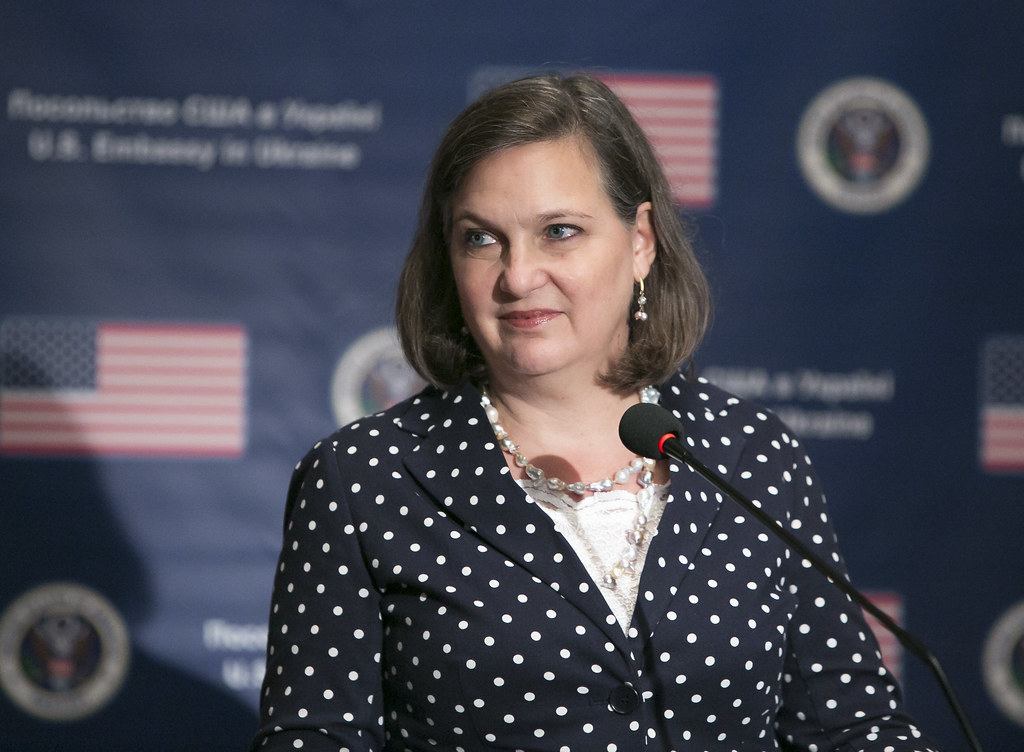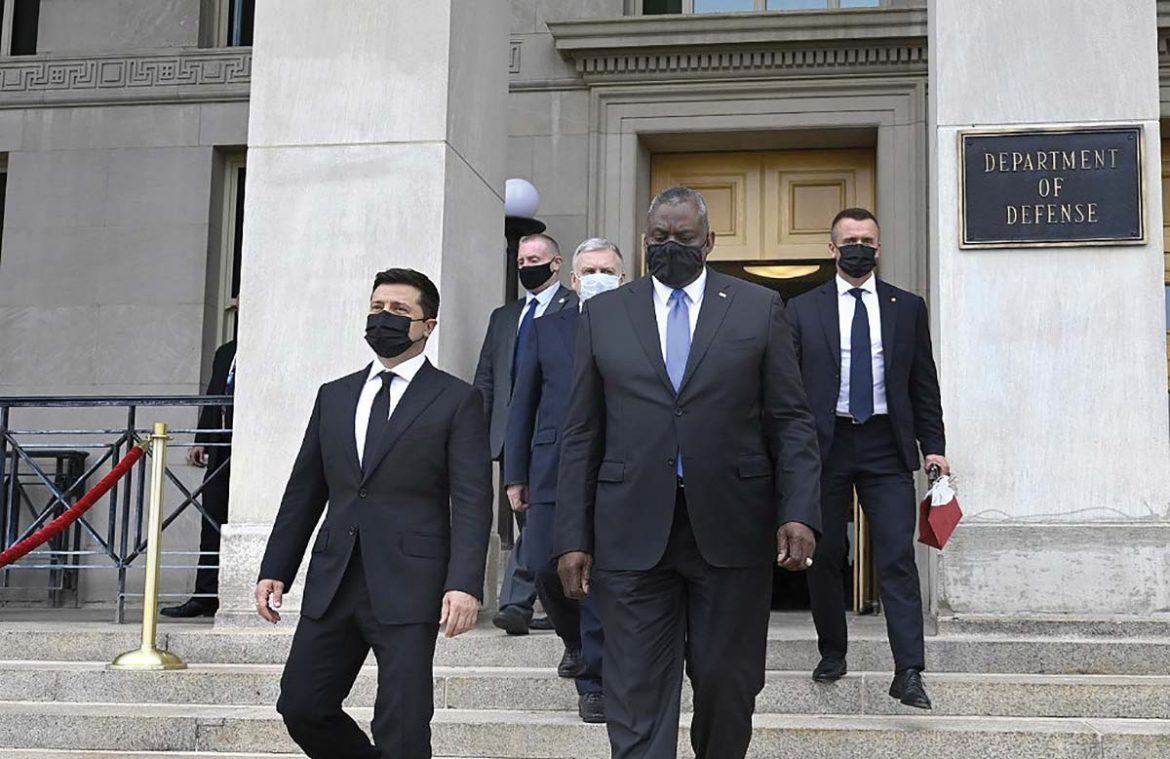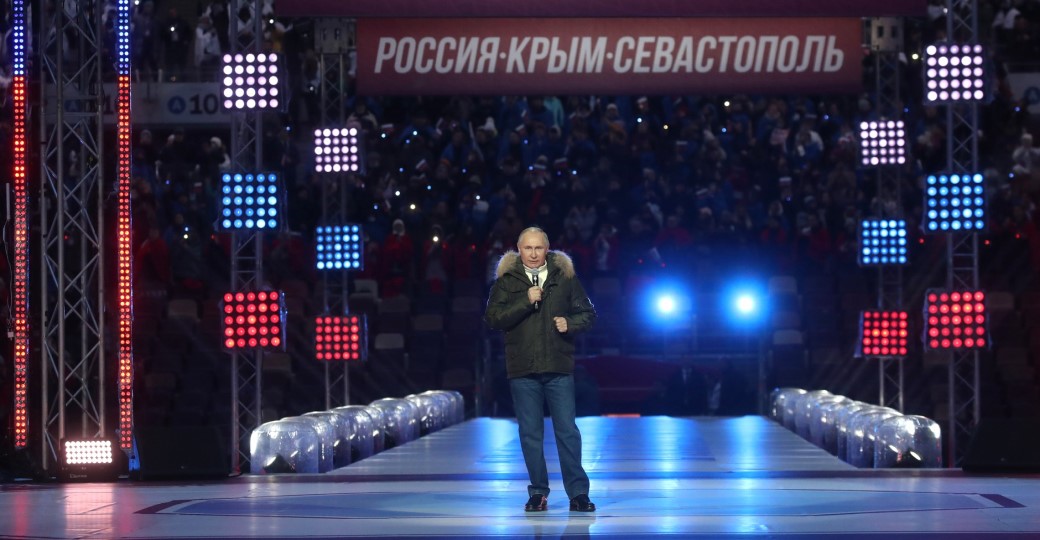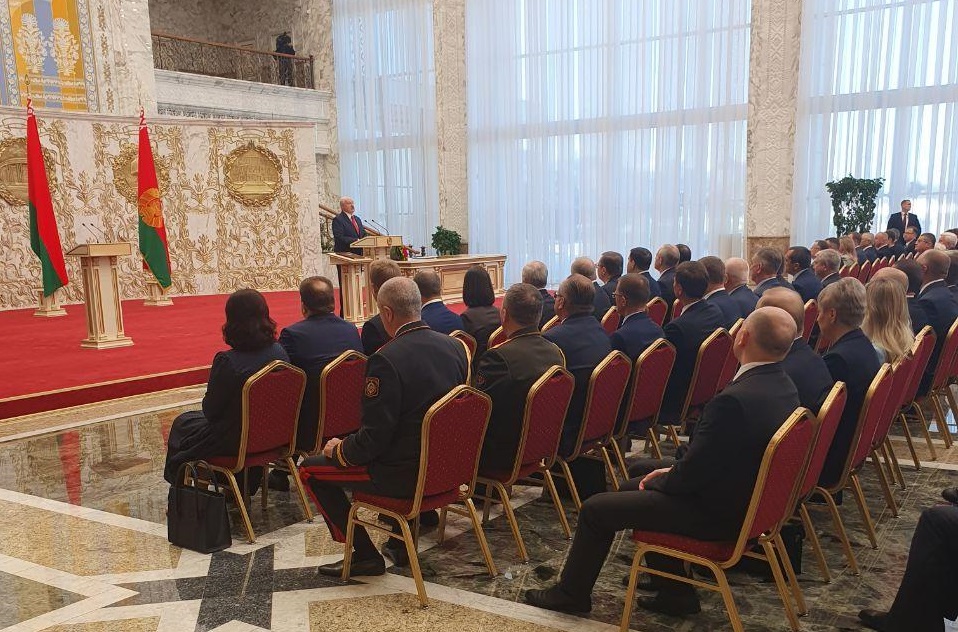US Under Secretary of State for Political Affairs Victoria Nuland spent two days in Moscow meeting with top foreign policy officials at a pivotal moment in bilateral relations when peace and war seem to hang in the balance. Nuland was a lead US point person for the Ukrainian crisis from 2013 to 2017 as Assistant Secretary of State for European and Eurasian Affairs and has since been seen in Moscow as a sworn enemy or Russophobe, guilty of engineering the overthrow of pro-Russian Ukrainian president Viktor Yanukovych in February 2014. In 2019, it became known Nuland was blacklisted by the Russian authorities and banned from entering Russia. This made the planning of Nuland’s visit to Moscow a precarious business. The Russian government eventually agreed to issue her a visa, since Nuland today is a confirmed top State Department official, but also demanded and received in return a similar concession from Washington: a US visa for Russian foreign ministry’s arms control and disarmament expert Konstantin Vorontsov, who has been banned from visiting New York to participate in UN activities since 2019 (Kommersant.ru, October 14).
Of course, the cornerstone of Russian military tactics and strategy is surprise, as in Georgia in 2008 and Crimea/Donbas in 2014 or Syria in 2015. Prior warnings or ultimatums are never issued. How successful was Nuland’s peace mission will be known maybe in several months.
Read More:
- Hall of Fame | Finland denies export licence for Danfoss engines due to Crimea sanctions
- Russia hopes for a U-turn in the EU’s energy policy
- Zapad 2021 suggests, in event of war, Moscow could seize Baltics but lose Kaliningrad
- EU reaffirms course on political-economic integration with Ukraine, calls Russia party to Donbas war: summit outcomes
- GULAGU.Net exposes systemic torture and rape of prisoners in Russia; regime responds with investigations and denial of service attack on portal
- SBU says it prevented Russian agent’s arson attack on Hungarian consulate
- Disinforming aftermath of curbing disinformation: Russian propaganda targets YouTube’s action against RT
- Russia returning to Sovietism not because of the dictatorship but because most Russians like it, Vitukhnovskaya says
- Russian opposition shows it doesn’t understand situation, Pastukhov says
- Ukrainian anti-oligarch law inadvertently shines spotlight on Russian-linked members of presidential entourage





